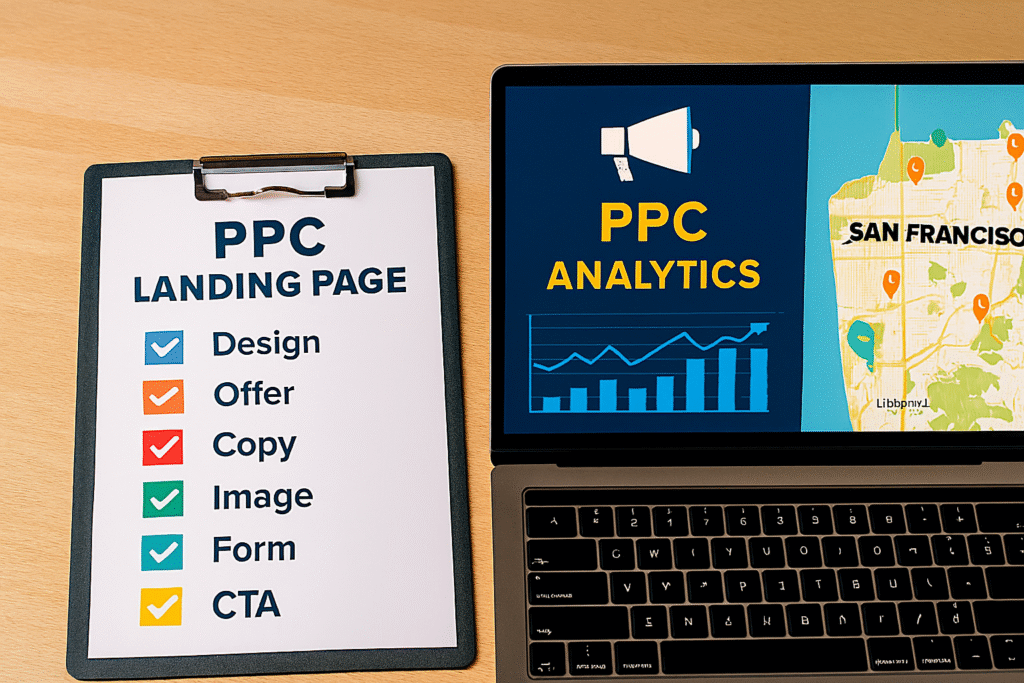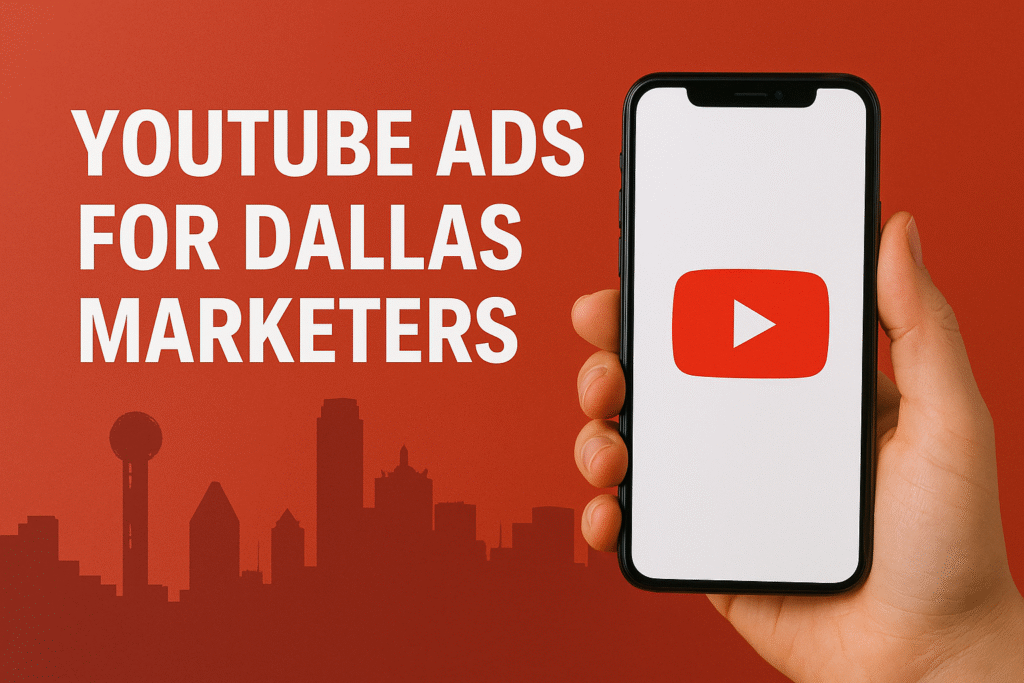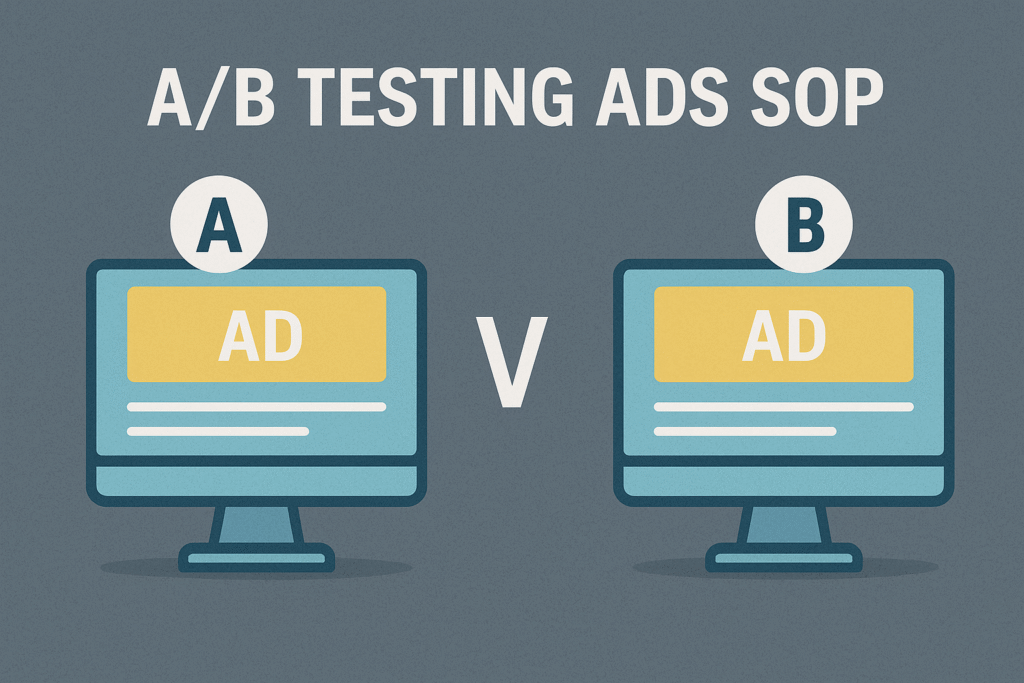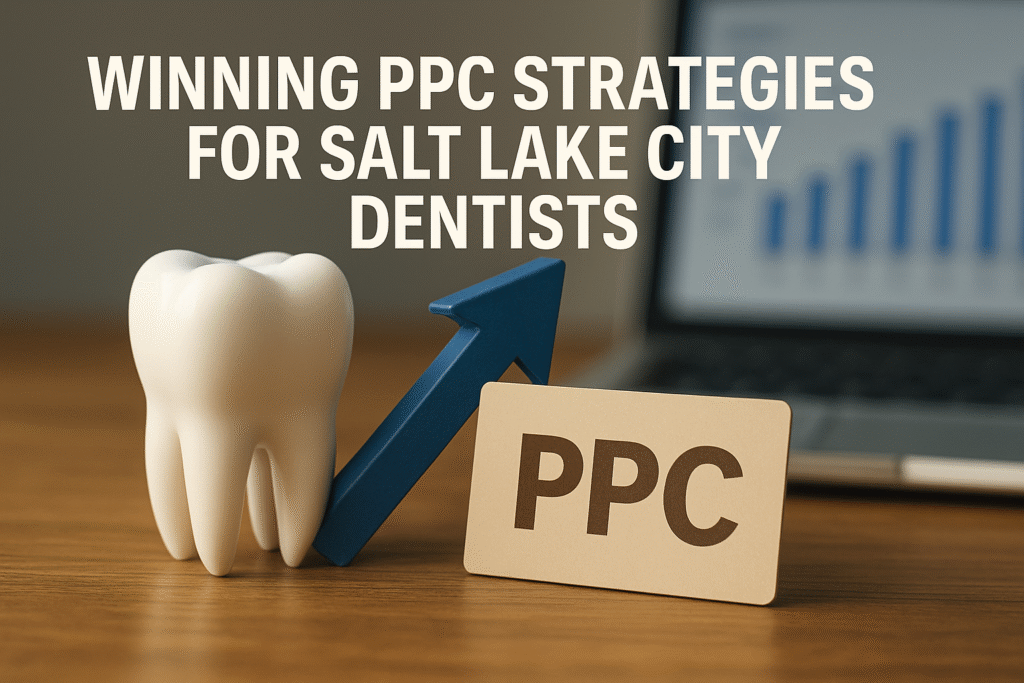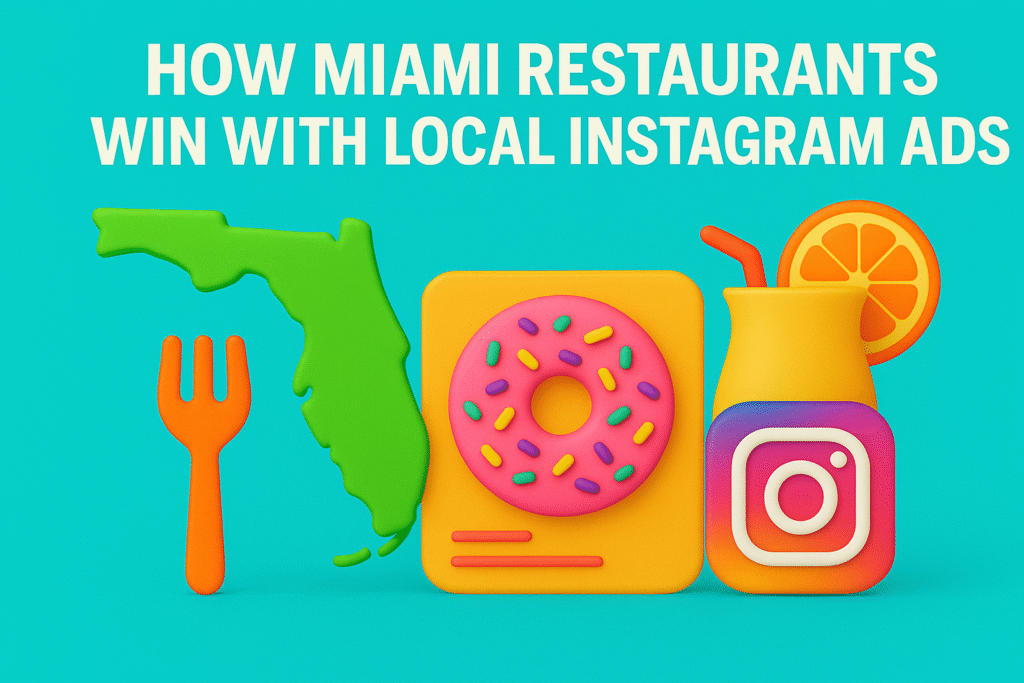PPC Landing Page Ideas for San Francisco Startups
In the fast-paced world of Silicon Valley and beyond, startups in San Francisco are constantly fighting for attention. Whether you’re a SaaS company, a fintech disruptor, or a local service startup, your paid campaigns live or die by one thing: your landing page. I’ve worked with countless startups over the years, and I can say with confidence that great PPC ads are only half the equation. The other half is having a landing page designed to convert. In this blog, I’ll share PPC landing page ideas for San Francisco startups that are proven to drive signups, sales, and investor interest. “According to Unbounce, landing pages are responsible for 26% of all conversions in digital campaigns.” Source: Unbounce San Francisco’s startup scene is competitive, which means your landing page has to be sharper, faster, and more persuasive than anywhere else. Why Landing Pages Matter for PPC Success Startups in San Francisco often burn through ad budgets quickly. Without optimized landing pages, even the most creative PPC campaigns will fail. A great landing page: Aligns with ad messaging for consistency Reduces bounce rates by addressing user intent Guides visitors toward a single, clear action Builds trust through design and social proof “Pro Tip: Companies see a 55% increase in leads when directing PPC ads to dedicated landing pages instead of generic homepages.” Source: HubSpot For startups with limited resources, this efficiency is crucial. Idea 1: Minimalist Design for Fast Conversions The best-performing PPC landing page ideas for San Francisco startups often follow a minimalist design. Think clean layouts, whitespace, and bold CTAs. Key features: One headline summarizing your unique value proposition Short, scannable copy High-contrast CTA button above the fold Mobile-first design for Bay Area commuters Tools like Instapage and Unbounce offer templates startups can customize quickly. Idea 2: Location-Specific Messaging San Francisco audiences respond strongly to local context. Startups can improve conversions by localizing landing pages. Examples: “Helping San Francisco Startups Scale Faster” “Trusted by Bay Area Founders Since 2020” Featuring the Golden Gate Bridge or SF skyline in visuals “Stat: Localized landing pages have 36% higher conversion rates compared to generic ones.” Source: Search Engine Journal This simple adjustment signals to visitors that your solution is designed with them in mind. Idea 3: Video Testimonials from Local Clients Startups in San Francisco thrive on trust and reputation. Including video testimonials from local clients or investors creates credibility. Ideas include: Short founder interviews about product results Customer stories from other SF startups Clips from local tech events or accelerators Tools like Wistia and Vidyard help embed professional video seamlessly. Idea 4: Bold, Benefit-Driven Headlines Your headline is the first thing visitors read. It must connect your PPC ad promise to the landing page. Instead of generic copy like “Best SaaS Solution,” use benefit-driven lines such as: “Cut Your Burn Rate by 30% with Our SaaS Tool” “The Startup-Friendly CRM for San Francisco Founders” “Get Investor-Ready Growth Metrics in 90 Days” “Pro Tip: Headlines that emphasize benefits see 10% higher conversions than feature-driven ones.” Source: Copyblogger Idea 5: Interactive Demos and Calculators Startups often sell complex products, and PPC landing pages need to make them easy to understand. Adding interactive demos or ROI calculators can simplify the decision-making process. Examples: ROI calculator for SaaS tools Product configurator for hardware startups Interactive demo videos Tools like Outgrow and Typeform integrate well with landing pages. Idea 6: Social Proof and Local Partnerships San Francisco startups are part of a tight-knit ecosystem. Showcasing partnerships, accelerators, or local events builds trust. Examples: “Featured at TechCrunch Disrupt SF” Logos of investors or local accelerators Case studies with Bay Area companies “Stat: Adding recognizable logos to landing pages increases trust by 42%.” Source: Nielsen Norman Group Idea 7: Frictionless Forms Forms are where conversions happen. The shorter and more intuitive they are, the better. Best practices for San Francisco startups include: Asking for only 2–3 fields (name, email, company) Using autofill for faster completion Mobile-friendly design Tools like HubSpot Forms and Gravity Forms can streamline setup. Idea 8: Clear CTA Buttons Your call-to-action should be impossible to miss. For startups, effective CTA text includes: “Start Free Trial” “Get Investor-Ready Insights” “Book a San Francisco Demo” “Pro Tip: Buttons with action-oriented text increase conversions by 45%.” Source: WordStream Colors like orange or green typically outperform neutral tones. Idea 9: Page Speed Optimization San Francisco audiences are tech-savvy — they won’t wait for slow sites. Optimize for speed by: Compressing images with TinyPNG Using a CDN like Cloudflare Minimizing scripts and plugins “Stat: A one-second delay in page load time can reduce conversions by 7%.” Source: Neil Patel Idea 10: A/B Testing Everything Even the best landing page can be improved. I recommend A/B testing: Headlines CTA button colors Form placement Visuals Tools like Optimizely and VWO make testing easy for startups. Common Mistakes to Avoid Using generic homepages instead of dedicated landing pages Asking for too much information in forms Not matching ad messaging to landing page content Neglecting mobile optimization Ignoring testing and analytics Best Practices for San Francisco Startups Keep design simple and conversion-focused Localize messaging for Bay Area audiences Showcase testimonials and partnerships Use interactive elements for complex products Optimize for speed and mobile Continuously test and refine Final Thoughts For startups in one of the most competitive markets in the world, mastering PPC landing page ideas for San Francisco startups is critical to maximizing ROI. The right landing page can transform clicks into conversions, saving ad spend and driving growth. With the ideas outlined here, San Francisco startups can create landing pages that stand out, build trust, and deliver results. If you’d like me to design and optimize landing pages tailored for your PPC campaigns, check out our Startup Landing Page Services. Frequently Asked Questions (FAQs) 1. Why are landing pages important for PPC campaigns? Because they ensure ad traffic is directed to a conversion-focused page rather than a generic homepage. 2. How can San Francisco startups make landing pages more effective? By localizing
PPC Landing Page Ideas for San Francisco Startups Read More »

